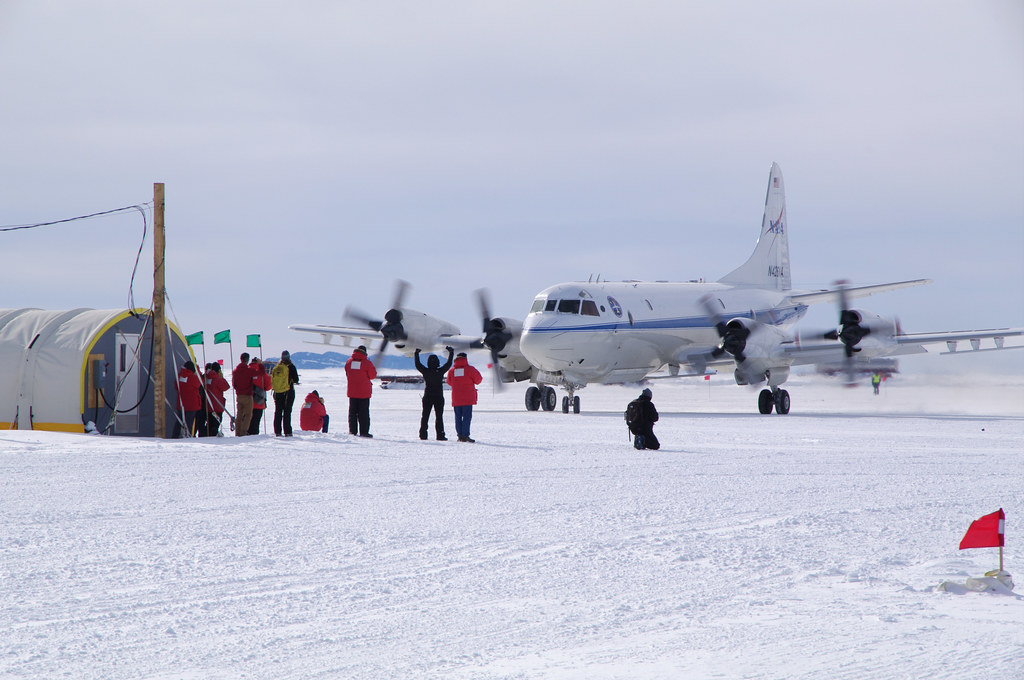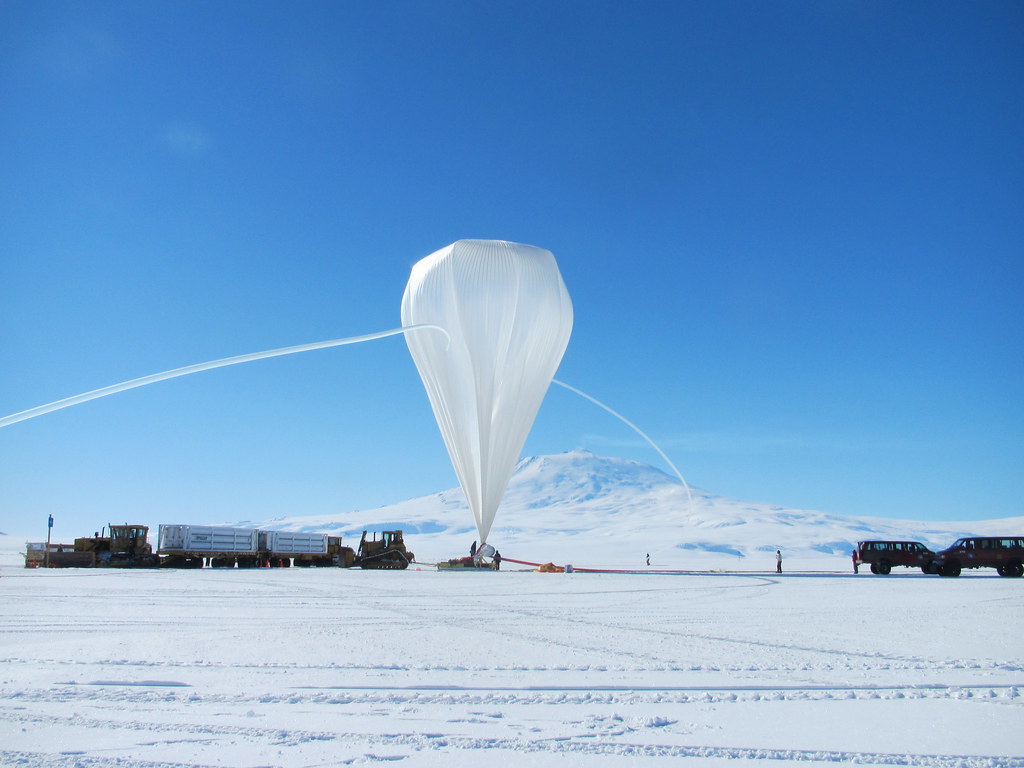
For most of human history, Antarctica has been regarded as the ultimate frontier—a vast, ice-covered continent isolated by ice sheets and harsh oceans, seemingly unchanged and eternal. In the public imagination, it represents a place of eternal desolate beauty, where one can personally feel the slow passage of millennia.
However, modern science, armed with astonishing technology, is peeling back the ice to reveal a vibrant continent with a deep and surprising past, as well as an uncertain future.
These discoveries, hidden beneath miles of ice or captured by orbital satellites, offer crucial insights. They reveal the mysteries of Earth’s ancient climate, the delicate balance that sustains the ice sheet, and most importantly, provide key clues to understanding how Earth responds to current and future climate warming.

1. **Vast Ancient Landscape Discovered Beneath East Antarctic Ice**: A research team led by Durham University has made a remarkable discovery, revealing the extensive ancient terrain hidden beneath the East Pole ice cap. This is not a small area; the mapped area covers 32,000 square kilometers.
This terrain, composed of valleys and ridges, was shaped by rivers millions of years ago. Scientists believe that this ancient terrain was formed by flowing river systems at least 14 million years ago. Some scientists even speculate that it may predate the initial formation of the East Pole ice sheet, which is estimated to have formed approximately 34 million years ago.

2. **Comparing the Sub-Ice Terrain to the Surface of Mars**: This may sound a bit exaggerated, but the lead author of the study, Professor Stewart Jamieson of Durham University, made a striking comparison to emphasize how little we know about this hidden world. He put it bluntly: “The land beneath the East Polar Ice Cap is more mysterious than the surface of Mars.”
Professor Jamieson’s remarks vividly illustrate that Antarctic science still represents the frontier of exploration. It highlights that even on our own planet, some important basic geographical features may remain completely hidden from view, awaiting scientists to develop methods to uncover them.

3. **Hidden Landscape’s Role in Ice Flow and Climate Resilience**: The complex details of this subglacial terrain play a key role in determining the behavior of the massive ice sheet above it. Ridges and valleys formed by ancient rivers can act as barriers or channels, influencing how ice flows toward the coast.
By revealing the ancient history of the ice sheet and the topographical features beneath it, this study helps scientists better understand its current dynamics and predict its potential response under future warming scenarios.

4. **Advanced Technologies Revealing the Subglacial World**: How do scientists penetrate miles of ice to observe the hidden world beneath? Exploration of this secret world relies heavily on the application of advanced technology, combining multiple methods to construct a complete picture of the subglacial landscape.
One key technology is the use of satellite imagery. While satellites cannot directly penetrate the ice, they can capture subtle undulations or protrusions on the surface of the ice sheet.
Additionally, radio echo detection technology is employed. This technology works by sending radar waves into the ice layer and analyzing the echoes returned from the underlying rock. By measuring the time it takes for the echoes to return and their intensity, scientists can determine the depth of the ice layer and map the shape of the subglacial terrain.

5. **The Potential for More Undiscovered Subglacial Landscapes**: The findings of this study suggest that what has been revealed so far may only be a part of a larger, more hidden world. The successful mapping of this vast ancient river valley system indicates that there are likely other undiscovered landscapes waiting to be discovered within the vast expanse of the East Antarctic Ice Sheet.
This possibility has spurred further research and exploration efforts. Scientists recognize that the techniques and methods used in this study can be applied to other unexplored regions of the continent. Each newly mapped area may reveal unique geological features, further refining our understanding of the continent’s geological history and its millions-of-years-long interaction with the overlying ice sheet.

6. **Ongoing Exploration of Antarctica’s Concealed Realms**: The research team that discovered this hidden landscape is eager to conduct further in-depth studies, fully aware that this is merely the first step in unraveling the mysteries of the complex world beneath the ice. Currently, they have developed specific plans for ongoing exploration of this fascinating subglacial realm.
Their ongoing work is supported by collaboration with several key scientific institutions, including the Natural Environment Research Council (NERC) of the UK Research and Innovation Agency, the National Science Foundation (NSF) of the United States, and the National Aeronautics and Space Administration (NASA). This international and multi-institutional support underscores the global significance of such research and the resources required to undertake such challenging expeditions in remote polar environments.

7. **Earth’s Climate History: Mostly Without Polar Ice Caps**: An independent study by researchers at the University of Leeds revealed a shocking fact: the seemingly permanent and natural feature of vast ice sheets at the Earth’s poles is, in fact, a brief and rare phenomenon on the long geological timescale.
Over Earth’s 4.5-billion-year history, the vast majority of time has been completely ice-free. The formation of the polar ice caps as we know them today only occurred under very specific and highly coincidental cooling conditions. This challenges the widely held assumption that ice caps represent Earth’s default or stable state. Instead, our currently ice-covered poles are more of an exception than the norm in Earth’s distant history.
As these findings show, the journey to explore the mysteries of Antarctica is far from over. They remind us that this frozen continent is a dynamic and crucial part of the Earth system, and understanding its changes is essential for us to address the challenges posed by climate change.



